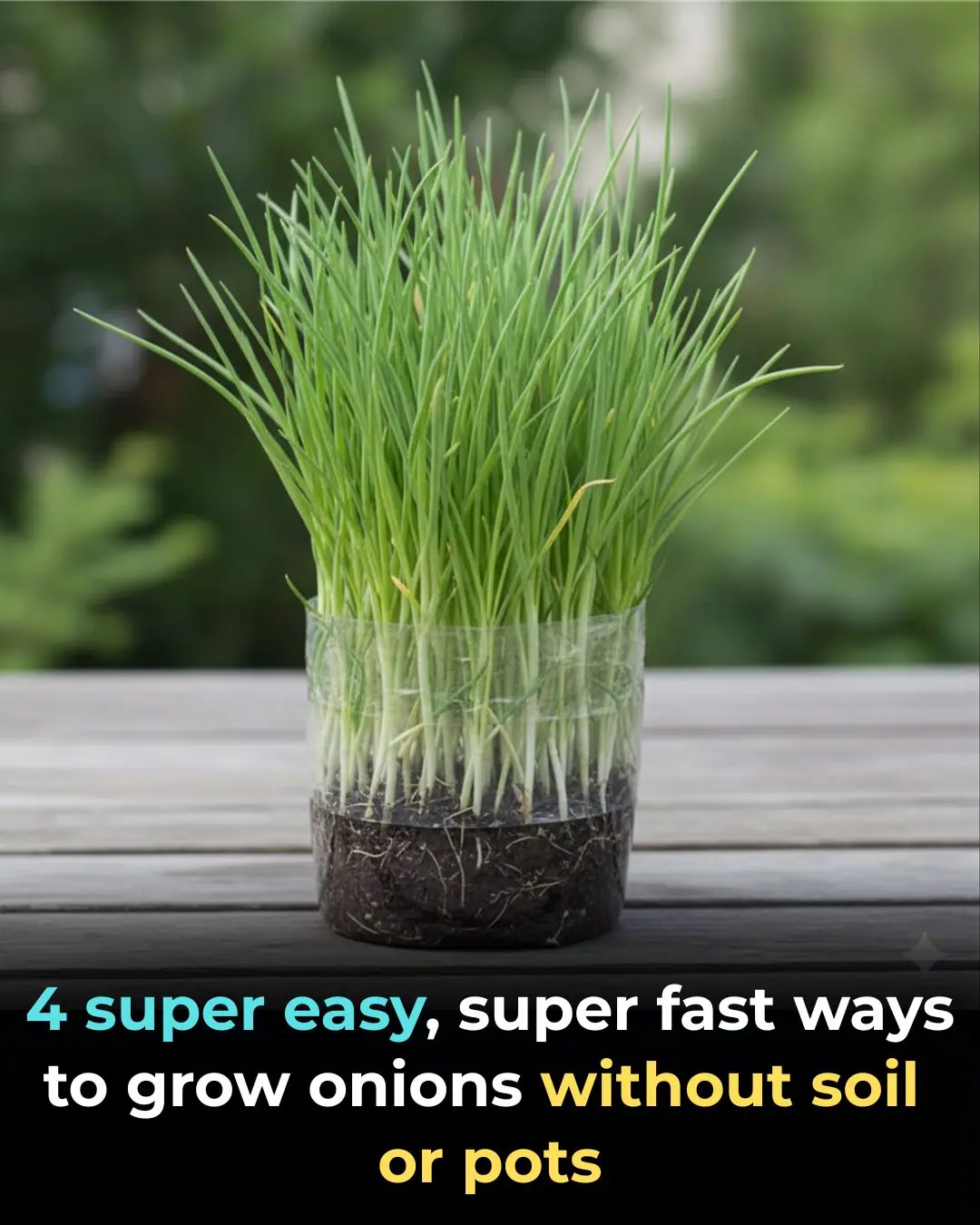
Unlock Energy Savings: How Proper Use of Your Refrigerator’s Temperature Control Button Can Cut Costs
Unlock Energy Savings: How Proper Use of Your Refrigerator’s Temperature Control Button Can Cut Costs
Many homeowners overlook a small but powerful feature in their refrigerators that could dramatically reduce their energy bills: the temperature control button. While it might seem like a minor detail, this often-forgotten setting allows you to adjust the internal temperatures of your fridge and freezer compartments. Incorrect settings not only risk food safety but can also cause your appliance to consume more energy than necessary, resulting in wasted electricity and higher bills. Collectively, millions of households spend extra dollars each year simply because this feature is neglected. This comprehensive guide explains why understanding and correctly setting your fridge’s temperature control is crucial, and how this simple adjustment can save you money and benefit the environment.

What is the Temperature Control Button and Why Does It Matter?
The temperature control button or dial inside your refrigerator is the key component that regulates the cooling system. Most modern refrigerators offer either digital controls or manual dials that let you set precise temperatures for both the fridge and freezer compartments. However, many people stick with the factory default settings without realizing these may not suit their household needs or climate conditions. By understanding how to properly use this control, you can achieve the ideal balance between preserving your food safely and minimizing energy consumption.
Ideal Temperature Settings for Your Refrigerator and Freezer
Maintaining the recommended temperature ranges in your fridge and freezer is essential—not only for food safety but also for energy efficiency and prolonging your appliance’s lifespan. The U.S. Food and Drug Administration (FDA) and the U.S. Department of Energy (DOE) recommend the following settings for optimal performance:
-
Refrigerator: 37°F to 40°F (3°C to 4°C)
-
Freezer: 0°F (-18°C)
Temperatures within this range slow down bacterial growth in refrigerated food and keep frozen items safe from spoilage and freezer burn. Setting temperatures too low wastes electricity and can damage delicate foods, while warmer settings risk food safety and quality.
Seasonal Adjustments: How to Tweak Your Settings Year-Round
Ambient temperatures and usage patterns change with the seasons, so your fridge’s settings should be adjusted accordingly.
-
Spring and Fall: Mild temperatures mean your fridge works less hard. Use this time to check the internal temperature with an appliance thermometer and dial it back slightly if it’s colder than necessary to save energy.
-
Summer: Warmer weather and frequent door openings require cooler settings. Set the fridge closer to 37°F and avoid overloading to ensure proper airflow. Place cold items like drinks and leftovers near the back, the coldest part of your fridge.
-
Winter: If your fridge is in a cold area like a garage or basement, it may run too cold, causing some items to freeze. Increase the temperature slightly toward 40°F, and monitor your freezer to ensure it maintains 0°F.
How Proper Temperature Settings Impact Energy Efficiency and Your Wallet
Setting your fridge and freezer to optimal temperatures can reduce energy use by as much as 10%, according to the U.S. Department of Energy. This translates to an average savings of $100 or more annually per household. When multiplied by millions of households, the collective impact on energy consumption and carbon footprint is enormous. Appliances running colder than necessary force compressors to work overtime, increasing wear and tear and energy costs. By fine-tuning your temperature controls, you can extend your refrigerator’s lifespan and decrease your environmental impact.
Extra Tips for Maximizing Fridge Energy Efficiency
-
Use a Separate Thermometer: Built-in thermostats can be inaccurate. An independent fridge/freezer thermometer gives you a precise temperature reading to better adjust settings.
-
Don’t Assume “Colder” is Better: Many dials use vague settings like 1-7 or “coldest.” Knowing the exact temperature ensures you aren’t wasting energy.
-
Allow Time for Adjustment: After changing settings, wait 24 hours before making further adjustments to let your fridge stabilize.
-
Keep Your Appliance Clean and Well-Ventilated: Dusty coils and blocked vents reduce efficiency by forcing your fridge to work harder.
Trusted Sources Backing These Tips
-
The U.S. Department of Energy (DOE) highlights that refrigerators account for about 4% of a household’s electricity consumption and recommends keeping fridge temperatures at 37°F for maximum efficiency. (Source: energy.gov)
-
The FDA offers guidelines for safe food storage temperatures, emphasizing keeping refrigerators between 37°F and 40°F to prevent bacterial growth. (Source: fda.gov)
-
Energy Star states that adjusting your refrigerator to the right temperature and maintaining it properly can significantly reduce energy bills. (Source: energystar.gov)
Conclusion: Small Changes Yield Big Savings
In summary, the humble temperature control button on your refrigerator is a powerful tool for saving energy, protecting your food, and lowering your electricity bills. By learning how to properly set and adjust your fridge and freezer temperatures based on seasonal conditions and usage, you not only safeguard your groceries but also reduce your environmental footprint. Taking just a few minutes to optimize this often-overlooked feature can lead to substantial financial savings and longer appliance life. Simple changes in your daily routine have the potential to make a big difference—start today by checking your fridge’s temperature control button!
News in the same category


8 Natural Ways to “Cleanse” Your Lungs: Affordable Yet Highly Effective

How to Easily Unclog a Blocked Drain Without Calling a Plumber

Hang this bunch of leaves on your window, and no matter how many mosquitoes there are, they’ll all disappear: effective and completely safe

5 Items You Should Never Buy at the Supermarket — Especially When They're on Sale

How to Choose the Best Apple: Crisp, Sweet, and Nutritious

A 52-Year-Old Man Died From Diabetes: Doctors Warn These 4 Breakfast Habits Should Be Eliminated Immediately

4 Super Easy and Fast Ways to Grow Green Onions Without Soil or Pots

Tips to make plump white bean sprouts that are easy to eat: Do these 4 things correctly and you'll be fine.

Put plastic bottles in the toilet tank, great benefits, every house needs it

Pour beer and white vinegar into the pot of bonsai soil, the soil will be soft "like sand", many years later the soil will still be loose

Mice ran loudly on the ceiling

Boil green bananas this way

Tips to deodorize the refrigerator

3 ways to make crispy roasted pork at home in a pan or fryer

Tips for hair treatment with okra, extremely effective against hair loss, baby hair grows bristling

Just tried this and whoa

2 Simple and Effective Ways to Remove the Smell from Long-Frozen Meat

Lady had a bunch of empty old pill bottles
News Post

Inside I’m A Celebrity star Angry Ginge’s relationship with dad he claims is a ‘massive racist’

Former I’m A Celebrity stars reckon a ‘frustrated’ Aitch will cause ‘friction’ with his fellow campmates

Maintain Your Thyroid in Top Condition with This Juice

Celebrity MasterChef host Grace Dent’s life off-screen – Meeting her partner, ex-husband and tragedy of losing her parents

April in danger: Fans think unlikely character will rescue her after tense Emmerdale scenes

The Man in Dust and the Princess in Pink.

The Day Colin Farrell Chose Love Over Wildness.

The Man Who Began His Life in Chains and Ended It as an American Art Legend.

All-new Emmerdale spoilers for next week: Horrifying death twist for Bear and Robert plots to get rid of Kev for good

Eggs in Pregnancy: How They Can Supercharge Your Baby’s Brain Development

Scientists Achieve Breakthrough in Reversing Human Skin Cell Aging by 30 Years: A New Era for Anti-Aging and Regenerative Medicine

Eating Eggs Weekly May Reduce Alzheimer’s Risk by 47%: What New Research Reveals

The Little Warrior and the Leather-Clad Angels.

The Miracle in the Storm.

A Blanket in the Cold.

Experts reveal 10 baby names parents should avoid in 2026 as popular names that are set to go extinct revealed

The Real Reasons Men Stay in Relationships With Women They Don’t Love

The best way to lower blood sugar fast!
